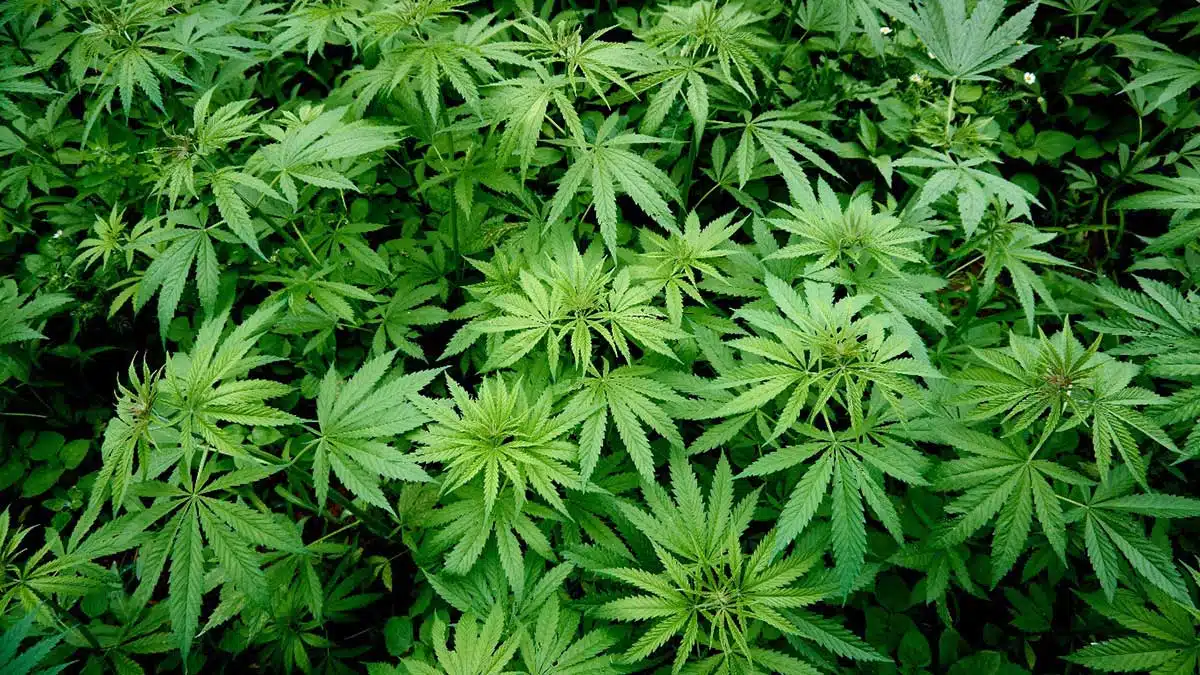These technical articles, factsheets and case studies provide robust, independent information on biomass feedstock performance, agronomy, economics and environmental benefits, to facilitate discussion and learning regarding the biomass sector.
Why integrate Biomass Crops into Agroforestry Systems?
When incorporated into agroforestry systems, biomass crops contribute in various ways, including, support for pollinator populations, biodiversity enhancement, flood risk reduction, minimized runoff and soil erosion, improved water quality, increased soil carbon sequestration, improved soil health and contribute to climate change mitigation
Type: Technical Article
Date: November 2023 - Revised June 2024
Crop:
Keywords: Agroforestry
Hemp as a Biomass Crop
Hemp has great potential to become a promising commodity crop for producing both biofuels and value-added products. It is an excellent rotation crop that fits well with food and feed crops and improves the yield of the subsequent crops due to the beneficial effects of hemp on the soil.
Type: Technical Article
Date: 6th April 2023
Crop: Hemp
Keywords:
Harvesting of Short Rotation Coppice Willow
Efforts to reduce harvesting costs by improving the performance and reliability of the harvesters and chip collection system are essential for the profitability of the willow biomass production.
Type: Technical Article
Date: 30th March 2023 (Revised July 2024)
Crop: Willow
Keywords: Willow, SRC, Harvesting
Eucalyptus as a Biomass Crop
A number of Eucalyptus species have been identified as having great potential as a short rotation forestry (SRF) or coppice (SRC) species in the UK. Eucalyptus is suited to short rotation forestry due to its fast growth rate and high biomass yield, which can exceed that of other native species.
Type: Technical Article
Date: 29th March 2023
Crop: Eucalyptus
Keywords: Eucalyptus
Biomass Buffer Strips – using biomass crops in multipurpose land management
A buffer strip is an area of land which is either left uncultivated or planted with perennial grasses, shrubs and trees. Planting strips or alleys of perennial biomass crops on existing agricultural land can provide a number of important benefits in terms of flood management, soil recovery and improvements in biodiversity, in addition to providing a harvestable resource. Wider adoption could help better manage landscapes to be more resilient to the effects of climate change, mitigate flood risk, and reduce the environmental impacts of intensive agriculture.
Type: Technical Article
Date: 20th March 2023
Crop:
Keywords: buffer Strips, Land management, flood mitigation, soil erosion, groundwater, biomass
Bioenergy with Carbon Capture and Storage (BECCS)
BECCS could provide an important mechanism to reduce emissions and remove greenhouse gasses from the atmosphere. However, full life-cycle assessment of biomass production and supply will be critical to ensure BECCS is truly net-negative and does not result in other deleterious effects on our natural environment or food production systems
Type: Technical Article
Date: 1st March 2023
Crop:
Keywords: BECCS, Bioenergy, Carbon Capture
What effect does planting biomass crops have on soil carbon?
Soil Organic Carbon (SOC) is formed from the interaction of ecosystem processes such as photosynthesis, respiration and decomposition of SOM. Soil carbon provides the benefit of enhancing soil quality which is essential to sustain and improve food production, increase supply and quality of water, enhance biodiversity, and reduce atmospheric CO2. For these reasons, planting biomass crops help to improve soil quality, provide resilience to physical soil degradation and help mitigate climate change.
Type: Technical Article
Date: 31st January 2023 (Revised September 2024)
Crop:
Keywords: Biomass Crops, Soil, Carbon
Data Summary – Solid Biomass consumption trends in the UK energy sector 2016-2021
The utilisation of solid biomass as a fuel in generation of heat and power has seen a significant increase over the last ten years as many coal-fired power stations converted to using biomass. This article provides a summary of the data reported by BEIS and OFGEM specific to solid biomass use in the UK heat and power sector over the last 5-10 year period.
Type: Technical Article
Date: 24th Jan 2023
Crop:
Keywords: Bioenergy, Solid Biomass













